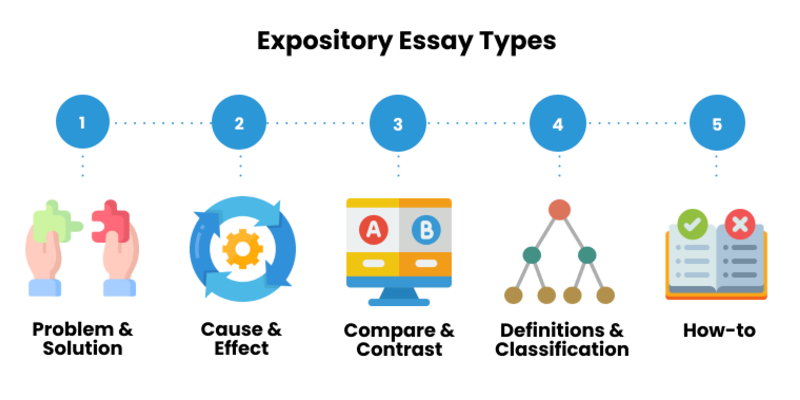Trends in Writing- 8 Steps in Expository Writing (Entry 3)
Once again, I have learned additional steps in writing that will be beneficial to my students. But with is exercise, I must first model the type of writing that I want my students to produce to assist them in the best way possible. I must first have a positive attitude towards writing so that my children may become interested in writing so that it is not reflected as a chore for them. This clearly illustrates the gradual release of responsibility strategy which emphasizes the need for teachers to model and provide guided practice for their students before allowing them to work independently. I can also help students to make generalizations based on how the piece of writing is structured. They can look at the teacher's piece of writing and extract important details like how to appropriately use punctuation marks throughout their paragraph, acknowledge how to begin each paragraph, and even appreciate the use of different vocabulary words, just to name a few.
One interesting factor that I really enjoyed doing in the last class session was the fact that we read/listened to an article that clearly illustrates some of the feelings people have about writing. The piece of writing really evoked the attitude some people have because people would really try to put off writing or state, "Do I really have to do this?". However, with 8 simple steps, it makes writing easier. So here are the 8 steps in expository writing-
Step 1. Idea- this consist of having an idea on the subject which you wish to write about and clearly defining in your mind what you want to do.
Step 2. Think- take time to carefully consider your readers and how to best serve them. Here is where you apply your idea.
Step 3 Tie the idea and reader- try to tie your idea and the reader together. Narrow your idea and focus on a topic ensuring that it is tailor-made to suit your audience.
Step 4 Gather Information- It is always good to do additional reading to become more knowledgeable about your topic. Here is where you do some research and add your experiences, observations, etc.
Step 5 Study- take an in-depth look at your information. Consider the content you are exposed to and decide what you are going to use. Find what is interesting to you or stands out the most to help develop the purpose of your story.
Step 6 Design- Design your article. Make it unique. give it a form, a shape, a structure. This is where you utilize the most appropriate graphic organizer to arrange your information cohesively.
Steps 7& 8 -this is where you do your drafting, editing, and publishing.
The purpose behind using the 8 steps in expository writing is for your students to use these steps to enhance their writing.

Comments
Post a Comment